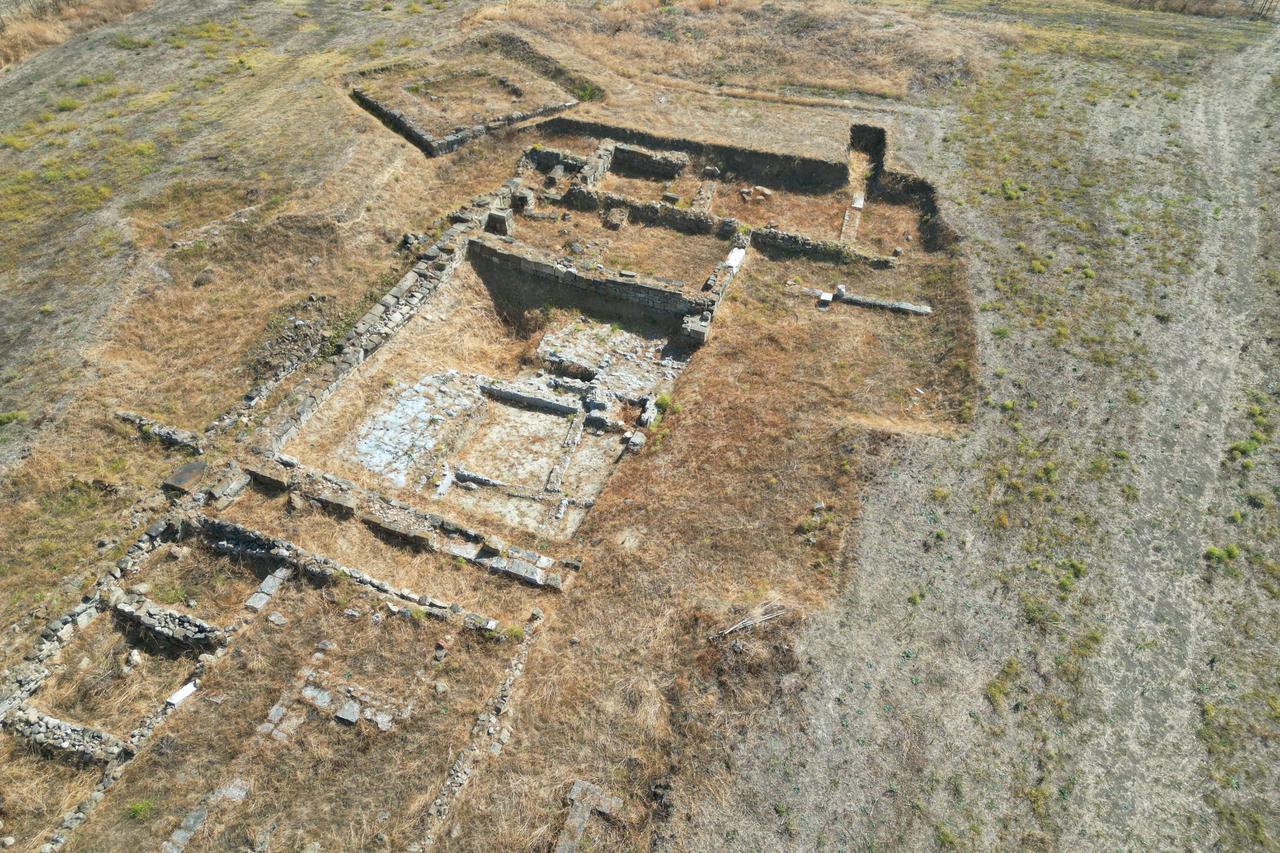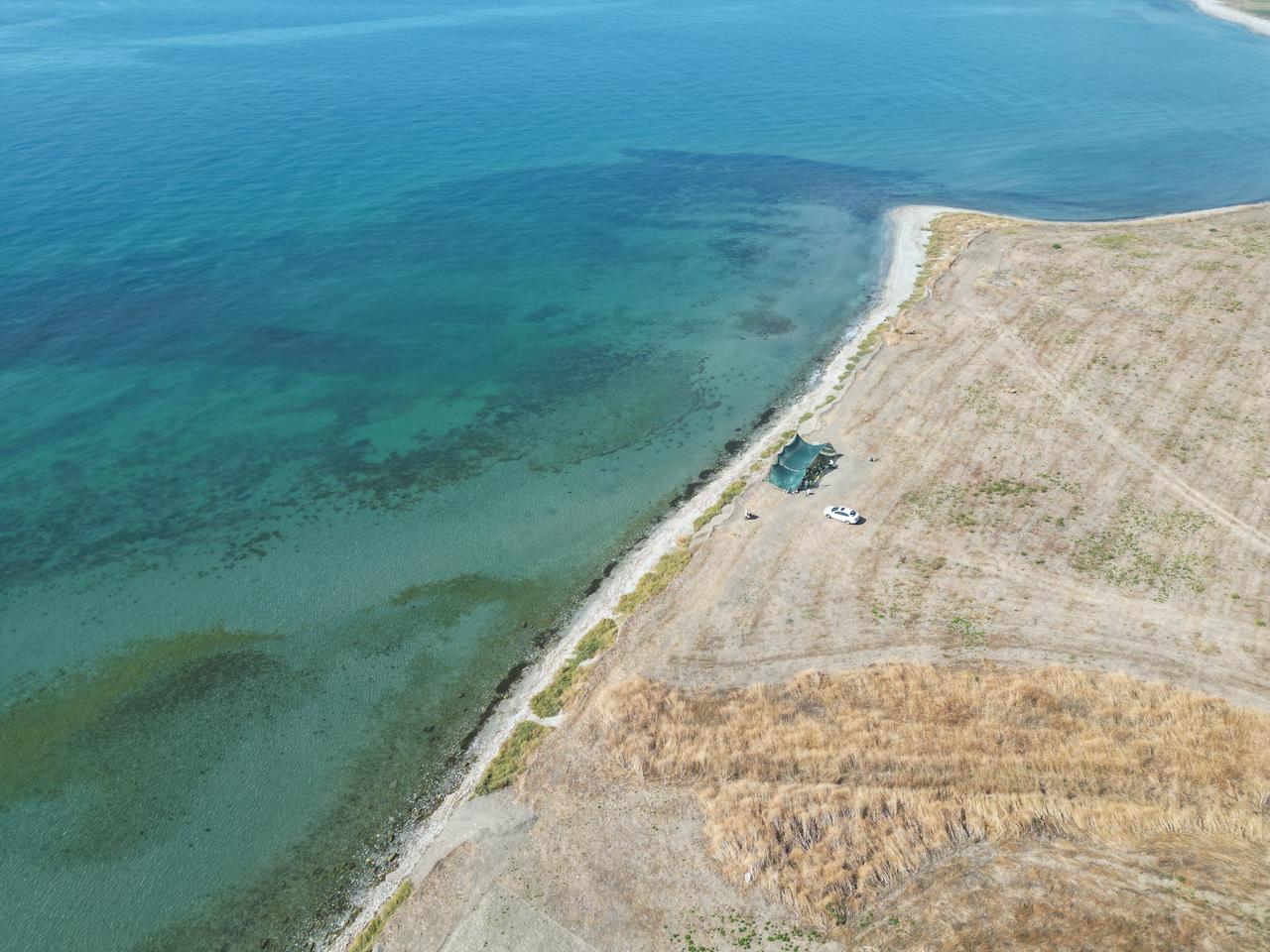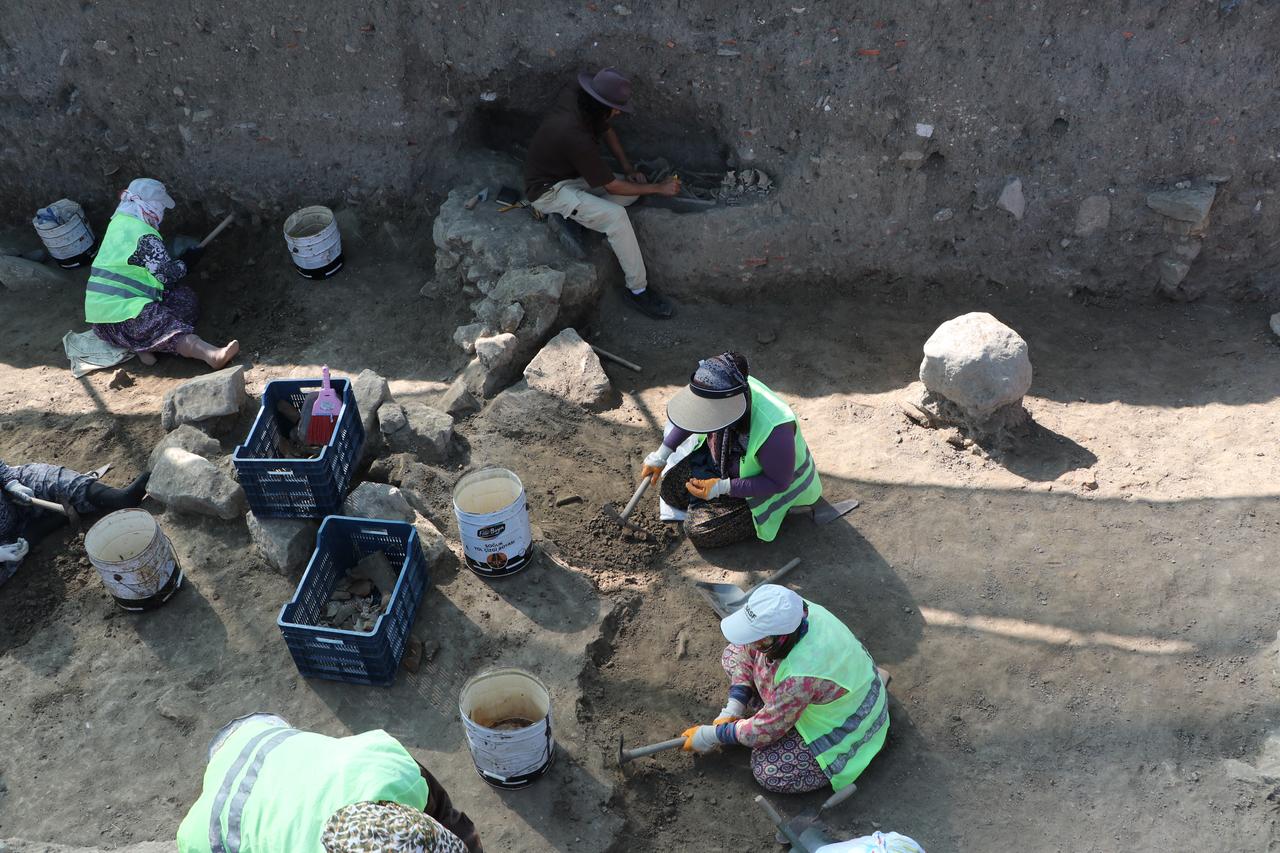
Tekirdag’s Heraion-Teikhos, known as “Hera’s city,” is being prepared to open to visitors next year, with project leads saying the move will lift local tourism thanks to new paths, a visitor route, and a digital-led information center.

Archaeologist Professor Nese Atik, Dean of the Faculty of Art, Design and Architecture at Istanbul Rumeli University and head of the excavation team, said the ancient city in the Karaevli neighborhood has been excavated for 25 years under the Ministry of Culture and Tourism’s "Heritage for the Future" project.
She noted that plans now cover a purpose-built introduction building, interpretive digital installations, walking paths, and a clearly marked visitor route.
According to Atik, discussions with the ministry are in progress, and the team expects to talk about an opening timeline “around the same time next year,” which she called “very exciting.”
Atik emphasized that the site will stand out as a first in the country: a city linked to Thracian material culture presented to the public in situ. For international readers, “Trak” in Turkish refers to Thracian communities of the wider region.
The site sits close to Istanbul, which the team believes will draw tour operators as well as individual visitors traveling by car.
“I think the ancient city will attract many visitors,” she said.

Excavations to date have uncovered a set of finds spanning different periods.
These include a first-century B.C. oven shaped like a tandir and used for preparing medicines; stone hand axes; handmade terracotta vessels; bronze arrowheads; stamped amphora handles; coins; and vases.
This year, the team for the first time worked on the shoreline sector and brought to light a tomb dated as Roman.
Artifacts from Heraion-Teikhos are on display at the Tekirdag Archaeology and Ethnography Museum in northwest Türkiye.
Project plans include a new car park and a pull-in bay for tour buses, in addition to the interpretation center and trails.
Atik said her long-standing goal has been to introduce what she described as the country’s first excavation focused on Thracian material and to bring its results to both Türkiye and the wider world.